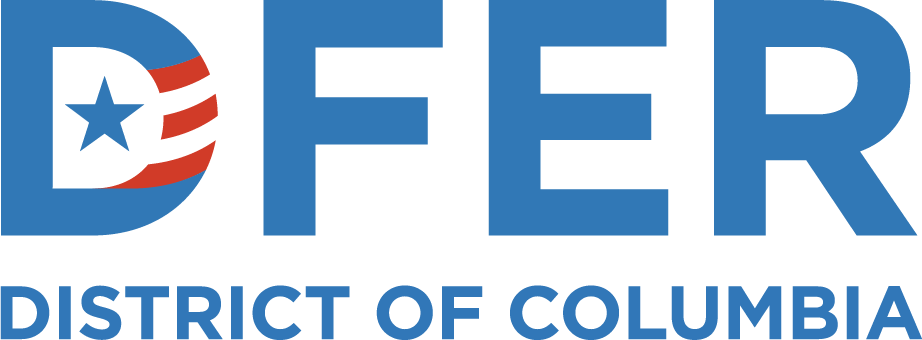D.C. Needs More Than Phonics to Lift its Students’ Reading Scores - The 74 Million
A decade ago, Washington, D.C., was hailed as a national model for education reform. The charter school sector, which now serves almost half of all public school students in the city, was expanding rapidly. D.C. Public Schools was a leader in adopting a teacher evaluation policy that linked compensation to student test scores and boasted that it was “the fastest-improving urban school district in the country.”
But while reading scores have improved somewhat, 73% of fourth-graders and 78% of eighth-graders still score below proficient on national reading tests. And the yawning gaps between groups of students have stayed the same or even expanded.
In 2022, Black fourth-graders scored 69 points lower than their white peers, a gap that hasn’t budged significantly since 1998. The disparity between children poor enough to qualify for free school meals and those who are not is now 56 points, 14 points larger than in 1998. The trend for eighth grade is similar.
